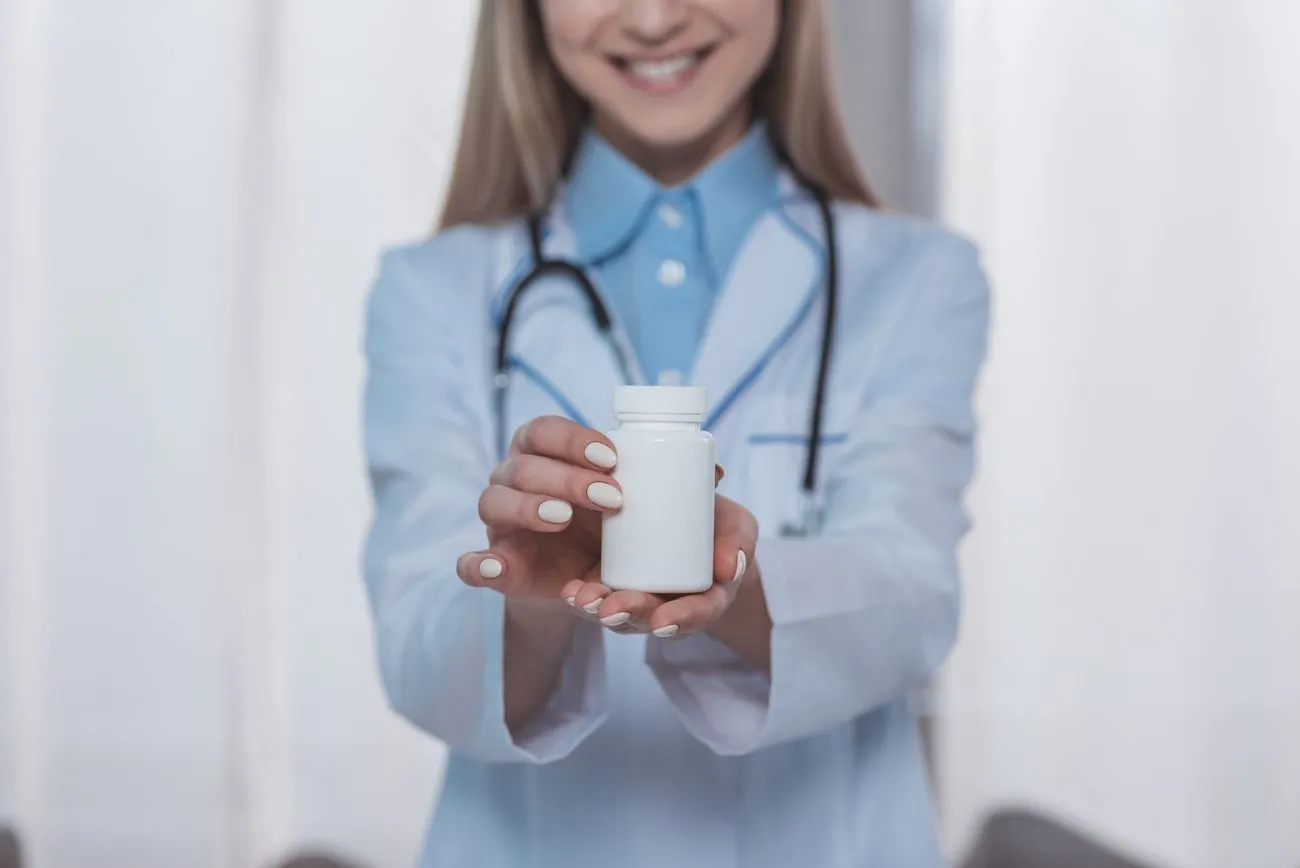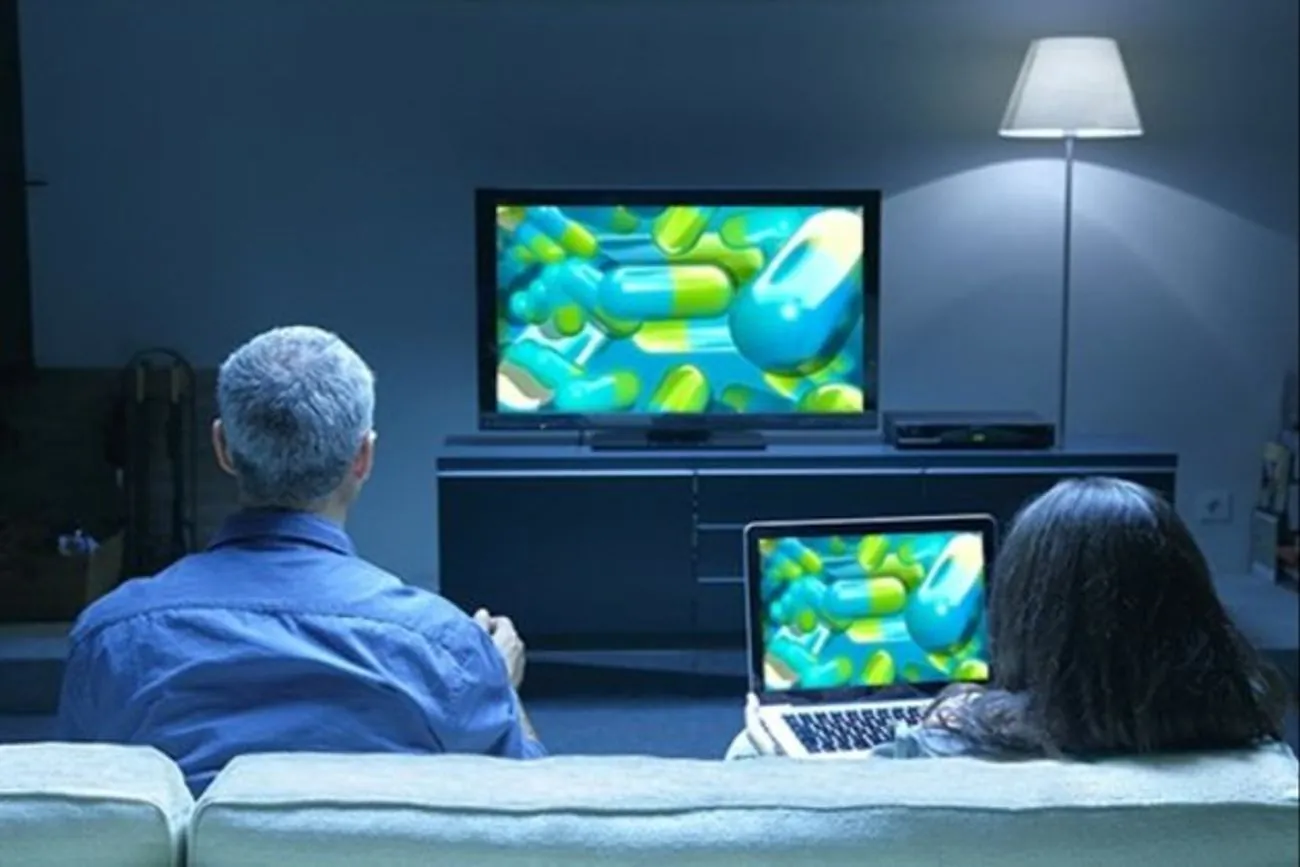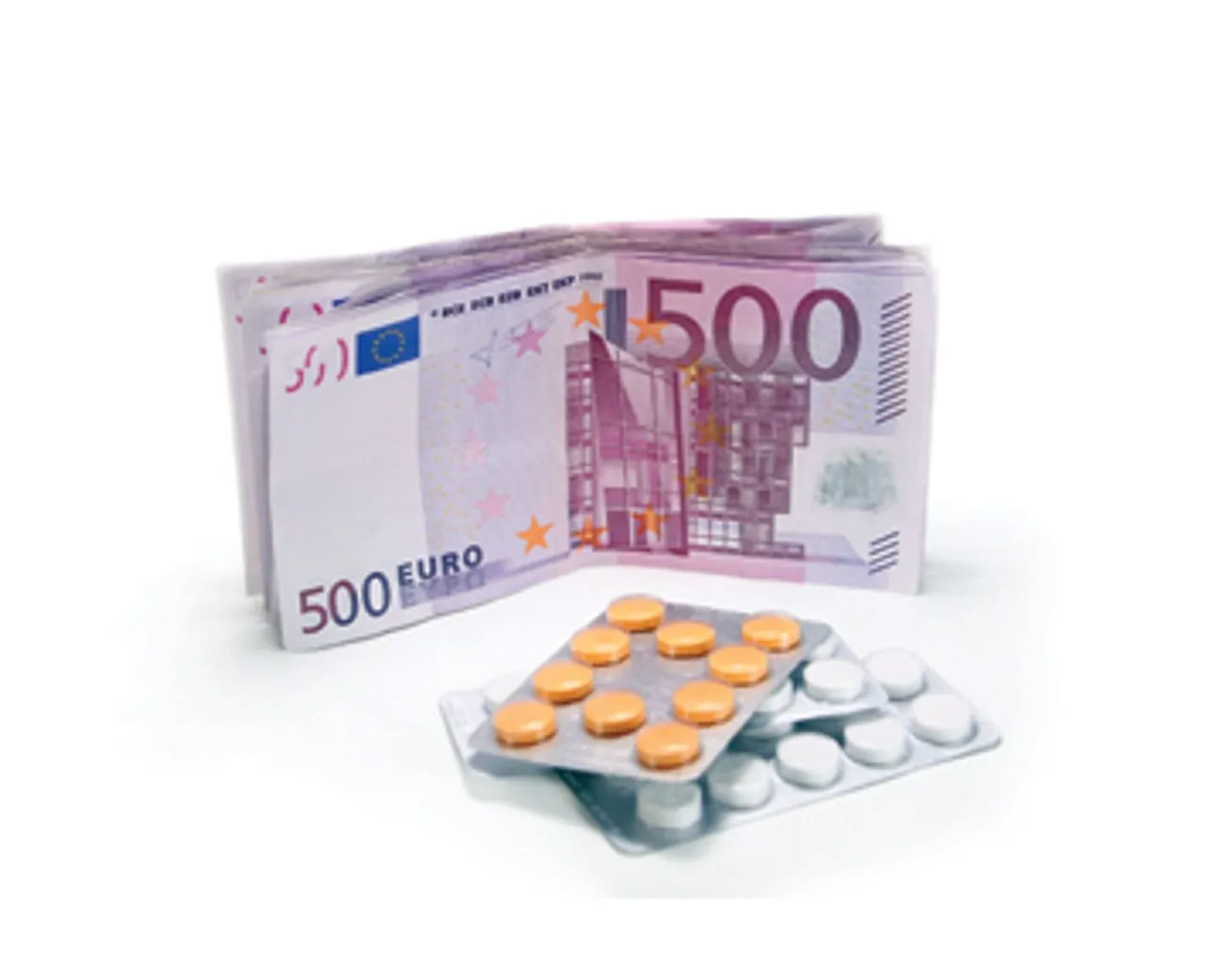Advertising at your expense: how patients pay for the promotion of drugs in Ukraine
Kyiv • UNN
Pharmaceutical companies actively advertise drugs, especially on TV, passing the costs on to patients. Up to 90% of the cost of over-the-counter drugs may be advertising, which contradicts EU practice.

The pharmaceutical industry is one of the leaders in the use of advertising in the Ukrainian media space. According to the results of 2023–2024, the expenses of pharmaceutical companies on promoting their drugs have increased, especially on television. Last year alone, domestic pharmaceutical manufacturers invested almost 4 billion hryvnias in the promotion of their products. These funds put a burden on the cost of medicines, and therefore the patients themselves pay for advertising, writes UNN.
At the beginning of Russia's full-scale invasion of Ukraine, the advertising market froze in anticipation. Its recovery began only a year later, and in 2024 this sphere gained full momentum. Pharmaceutical manufacturers were among the first to resume injecting funds into advertising. First of all, they advertise their own products on television and on the Internet. Therefore, the share of advertising of medicines in 2023-2024 began to increase sharply.
Television is the main arena of the struggle for the patient

Thus, according to the estimates of the sales house "Ocean Media Plus", the volume of investments of pharmaceutical companies in advertising on television in 2024 reached UAH 3.6 billion, which is 18.9% more compared to 2023. These are real costs without taxes.
Despite the fact that the share of pharmaceutical companies among all advertisers decreased somewhat due to the increase in the activity of other sectors, in particular finance, retail, pharmaceutical companies continue to occupy top positions among advertisers on television.
According to the publication Apteka.ua, non-prescription drugs for digestion and metabolism, as well as those that affect the respiratory system, are most often advertised on television. In addition, the amount of dietary supplement advertising increased last year.
Among the TV channels, entertainment channels, such as STB, ICTV2, NTN, Novy Kanal and "1+1" Ukraine, are the most popular among manufacturers.
The companies "Farmak", "PRO-pharma", "Darnitsa" and "Arterium", as well as the distribution company "Delta Medical", advertise their products the most among Ukrainian pharmaceutical companies.
It is worth noting that the share of foreign manufacturers of medicines in the advertising market in 2024 was significantly lower than the number of domestic ones. Among foreign companies, Sanofi (France), Naturwaren (Germany), Teva (Israel) and Bayer Consumer Health (Switzerland) spend the most on promoting their own products.
Budgets for advertising of medicines increased to 62% in 2025
The share of advertising of medicines in the total volume of television advertising in Ukraine has been growing for the third year in a row. In January-March 2025, the budgets of pharmaceutical companies for advertising on television amount to 62% of the total amount of funds invested by companies in advertising. This was announced in an exclusive comment to UNN by Oleksandr Zhdanov, General Director of the Sirius Media sales house.
The share of pharma money among the advertising budgets of all advertisers on television is 50% in 2023, 43.5% in 2024, 62% in January-March 2025 (increase in percentage due to the seasonality factor)
According to him, the share of ratings of pharmaceutical advertising among all categories in 2023 was 55%, in 2024 it decreased to 44%, and as of March 1, 2025, it increased to 57%.
According to Zhdanov, the most active customer of medicine advertising on television traditionally remains the domestic pharmaceutical manufacturer "Farmak". The leaders for 2024 also include the pharmaceutical companies "Propharma", "Delta Medical", "Sanofi-Aventis" and "Natur Product".
Zhdanov noted that he cannot provide information on how much a particular pharmaceutical manufacturer spends on direct advertising of medicines, as this is confidential information,
"We can only note that investments in direct advertising of pharmaceutical manufacturers in 2024 increased by 20% compared to 2023," Zhdanov added.
He also explained that the Sirius Media sales house sells ratings, not minutes of broadcasting. According to him, prices are affected by many factors, for example, seasonal markups, a discount for the size of the budget, and others. Therefore, the price for a specific advertiser may differ significantly in each month. In addition, it depends on the time of the advertisement - in prime or off time, on a large channel or on a small one.
"Instead of the cost per minute, we can calculate how the average annual rating price in our sales house has changed - in 2024 it increased by 13% compared to 2023," Zhdanov explained.
Digital is the new front of pharmaceutical advertising

In addition to television, pharmaceutical manufacturers are increasingly entering the digital segment. This mainly refers to video advertising on YouTube and Facebook/Instagram. Factories also invest in targeted advertising in Google Ads and advertising in applications and on medical websites.
In addition to traditional media, pharmaceutical companies are expanding their presence on TikTok and Telegram channels to reach an even wider audience.
Among Ukrainian manufacturers of medicines, "Farmak", "Zhytomyr FF" and "Khaleon Ukraine" promoted their products the most on the Internet. In total, in 2024 alone, these companies paid UAH 186.5 million for advertising on the Internet.
Pharmaceutical manufacturers are particularly active in promoting "seasonal products" both on television and on the Internet, for example, flu remedies, painkillers, cold and allergy medications. Here, brands are willing to pay large budgets for coverage and retargeting.
In the context of promoting their own products, one should not forget about the manufacturers' expenses on promotion. They pay doctors to recommend their drugs, and also allocate budgets for mentioning their products at various medical summits and forums, various mailings and other marketing tools. "Farmak", "Yuria-Pharm" and "Darnitsa" use this type of advertising the most. However, it is almost impossible to calculate the costs in this segment, although in percentage terms they exceed advertising on television and on the Internet.
It is expected that therapists/family doctors, gynecologists and pediatricians are among the doctors most involved in promotion. By the way, in Europe, doctors are prohibited from advertising medicines for money.
Self-treatment as a side effect of advertising
Intrusive advertising of medicines encourages Ukrainians to self-medicate, which can be dangerous to their health, said in a comment to UNN, Honored Doctor of Ukraine, Head of the Department of Children's Infectious Diseases of the National Medical University of Ukraine named after O.O. Bogomolets, Serhiy Kramaryov.
If we talk about those people with whom I contact and communicate, then in principle, some may indeed have elements of self-treatment, self-prescription. Well, indeed, this is influenced by both advertising and social networks as well
He emphasized that self-treatment can be dangerous. "Firstly, you can prescribe the wrong drug and not get the effect you expect. And the disease can become more complicated and even have some adverse course. That's the first thing. Secondly, you can get side effects that can also threaten both health and life. Therefore, I believe that the prescription of drugs should be controlled by a doctor," - Serhiy Kramaryov emphasized.
The patient is the main sponsor of advertising budgets
In addition to the fact that advertising promotes self-treatment, manufacturers include the costs of promoting their drugs in the price of each medicine. That is, the patients themselves pay for the fact that medicines are advertised to them, who buy them.
According to Proxima Research studies, 72% of the drug price is formed by the manufacturer. As one of the players in the pharmaceutical market explained to UNN, the plant allocates up to 20% for the promotion of new (innovative) and prescription drugs. However, it should be noted that prescription (Rx) drugs are promoted not by traditional advertising on television or on the Internet (it is prohibited), but through interaction with doctors and during medical events. And, as a rule, the cost of such drugs is extremely low.
As for over-the-counter (OTC) drugs, the percentage of their advertising occupies a much larger share in the price at which the medicine is sold from the factory. Advertising here can take up to 90% of the cost.
European experience: when the interests of the patient are a priority
It is worth noting that in the member countries of the European Union, advertising of medicines is strictly regulated. The promotion of prescription drugs is completely prohibited there, and the advertising of over-the-counter drugs is limited. For example, in Germany, advertising of medicines cannot relate to certain diseases. These include, in particular, infections caused by pathogenic microorganisms, malignant neoplasms, addictions (with the exception of nicotine), pathological complications of pregnancy, childbirth and the postpartum period. Advertising cannot also relate to drugs that contain psychotropic active ingredients that can affect a person's mood.
In addition, manufacturers are prohibited from referring to recommendations or reviews of scientists, medical professionals or famous people, as this may promote self-treatment and encourage unjustified consumption of medicines. Contests, prize draws or other procedures, the result of which depends on chance, are also prohibited.

Ukrainians overpay - pharmaceutical companies earn
Pharmaceutical companies, sparing no expense, advertise their drugs, especially through television, creating demand among consumers. However, it is important to understand that this advertising is ultimately paid for not by the manufacturer, but by the patient - the costs of promotion are included in the final retail price of medicines.
So Ukrainian pharmaceutical manufacturers spend huge amounts of money on advertising their drugs every year, and these costs are not covered from the company's profits or the state budget - they are compensated by the end consumer. That is, the patient himself pays for the advertising that he sees every day on TV, on the Internet, or the doctor strongly advises him to take the drug.
This creates a paradox: the more a company invests in advertising, the higher the price the buyer has to pay. At the same time, as practice shows, the cost of advertising in Ukraine is constantly increasing, especially in the pharmaceutical sector, where competition for consumer attention is very high. As a result, a significant part of the funds that Ukrainians spend on medicines goes not to innovation, invention of new ones or improvement of the quality of already known ones, but to television commercials and advertising campaigns.
This situation looks particularly absurd against the background of the practice of the European Union, where advertising of medicines is strictly regulated. The promotion of prescription drugs is completely prohibited there, and the advertising of over-the-counter drugs is limited in terms of subject matter, forms of presentation and emphasis. This approach allows to avoid the intrusive influence of drug manufacturers on patients and reduces the risks of self-treatment.
In Ukraine, on the contrary, pharmaceutical companies not only create demand through active and sometimes aggressive media campaigns, but also shift its cost to the shoulders of patients. In some cases, up to 90% of the drug's cost is advertising. So, while domestic manufacturers compete for consumer attention on TikTok, Facebook or on television, Ukrainians overpay for pills, not always receiving quality treatment.
